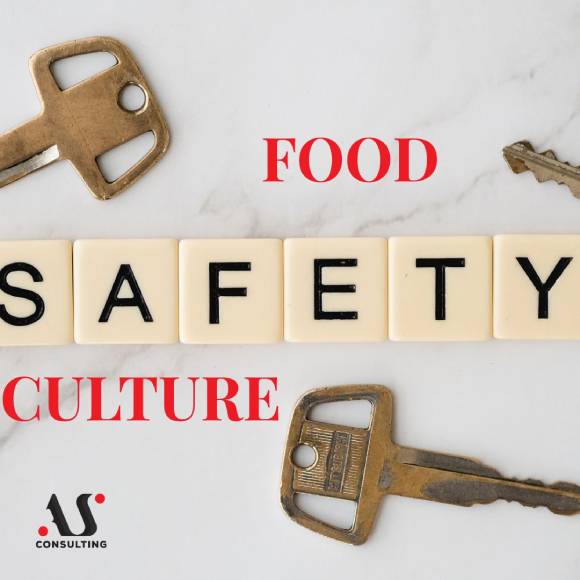
ALLERGEN THRESHOLD – WHEN EVEN A LITTLE IS TOO MUCH
December 13, 2024
CLAIMS ON FOOD PRODUCTS
January 6, 2025Since the part of training you enjoy most is when we share practical examples, we’re continuing our series of texts featuring various challenges our colleagues have faced and successfully resolved together 😊. We hope these examples will help you if you encounter similar situations 😊.
Story 3: What happens when a metal detector reacts, but you can’t find the cause?
A metal detector is a device used to identify foreign objects (metal particles) in raw materials, semi-finished products, or finished goods. For more information on what foreign objects are and how to detect and/or eliminate them, you can read our article:
With a metal detector, the product passes through an electromagnetic field. Metal particles can be detected even within the product as they cause changes in the electromagnetic field. This ensures that companies have complete control, as potential hazards not eliminated during the production process can be identified at the end of the production line.
How to choose the right detector?
The selection is based on the expected hazards that may occur in the product. For example, with fruits, where risks such as leaves, stones, fabric threads, glass, rubber, etc., are expected, an optical sorter would be chosen, as it can recognize all scanned (potential) hazards.
What are the rules for proper use of a metal detector?
Companies define rules based on the type and model of the metal detector, but some general rules applicable to all are:
- Define the frequency of device integrity checks (verification with test pieces).
- Establish procedures for responding to device reactions (foreign body detection).
- Develop a protocol for handling products flagged by the metal detector.
- Define procedures for dealing with device malfunctions (handling products and the device itself).
What happens when the device reacts?
A reaction from the device indicates the presence of metal particles in the raw material, semi-finished, or finished product.
What should be done in such cases?
Follow established procedures describing how to manage the situation using the metal detector.
What if the cause of the device’s reaction cannot be determined?
Here, we share a real-life example to illustrate potential problems.
Practical Example:
Out of respect for client agreements, we do not disclose the names of our collaborators or share video materials, images, or other content from training, consulting, and inspections. Instead, we provide anonymous examples without mentioning partners or the specific industry.
Case: The metal detector reacts, but no metal is found in the product.
One of our clients approached us with an issue: the metal detector reacted—detecting metal—but no metal particles were identified in the analyzed samples.
What did we (have to) do?
- Reviewed the device testing records.
- Verified the functionality of the metal detector.
- Examined the product that triggered the device.
- Inspected the product’s packaging.
What did we find?
The culprit was the cardboard packaging, which triggered the metal detector.
What was done with the products?
We inspected the batch of packaging that caused the reaction and, as a precaution, declared all packaged products as non-compliant. The company resolved the issue by filing a complaint with the packaging supplier.
Conclusion:
Even in unpleasant situations, there’s always a solution with the right partners.
But even better—avoid such situations altogether by working with the right partners! Contact us today 😉




